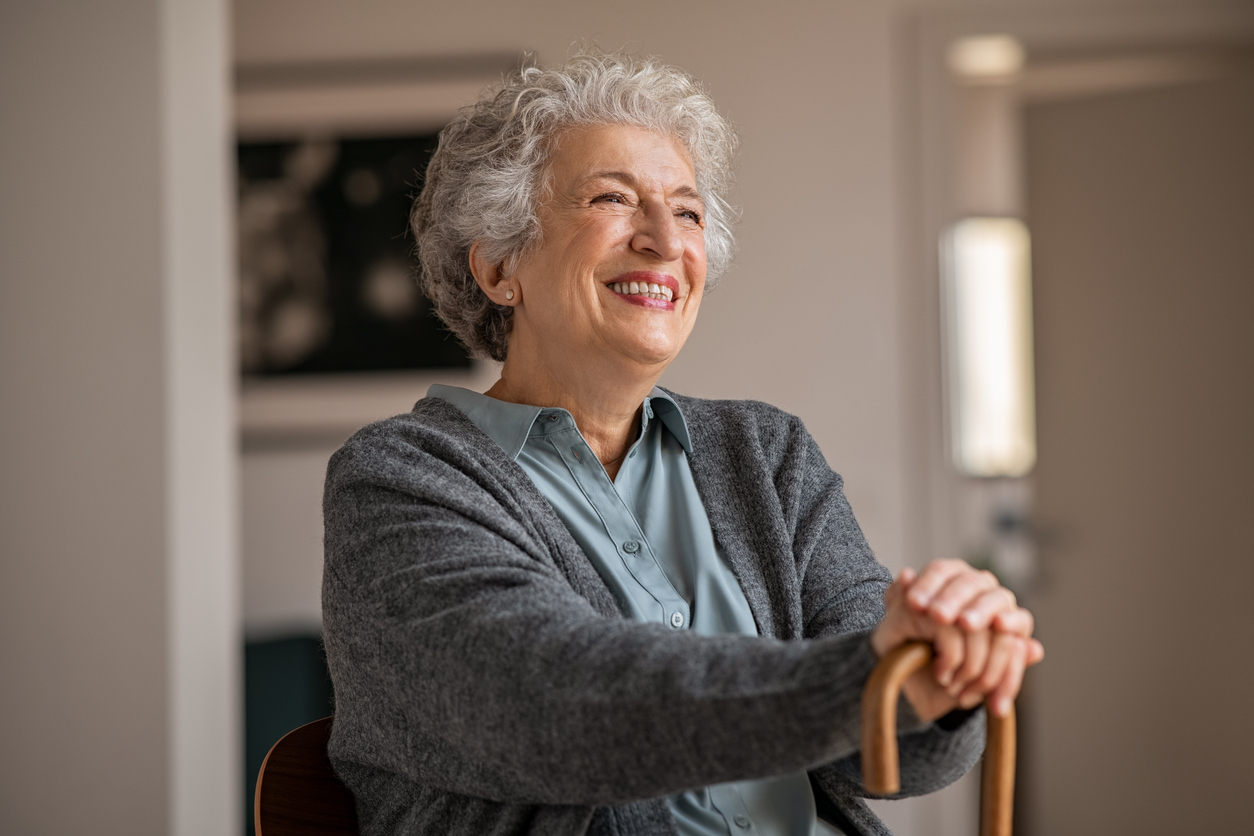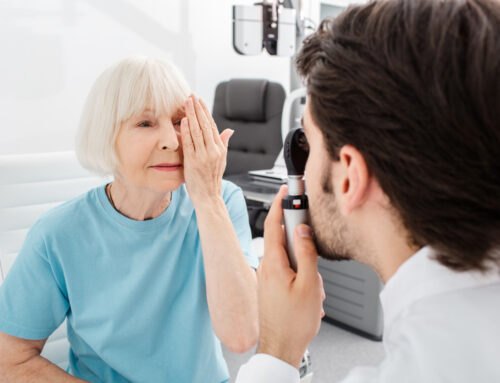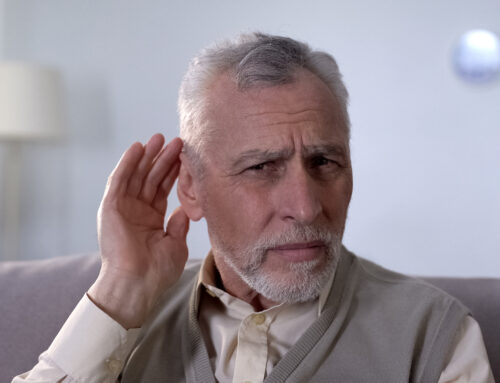Safety-proofing your home to prevent falls is so important because about 36 million falls are reported among older adults each year. Falls are actually the number one cause of injuries in seniors, and they result in more than 32,000 deaths. Fortunately, many are preventable, especially inside the home, but you must take the necessary precautions. To help you stay as safe as possible, FirstLantic has put together this helpful checklist so you remain safely in your home.
- Start by going through your list of medications with your doctor or pharmacist to review side effects or drug interactions that may cause dizziness.
- If you get dizzy or lightheaded when you go from sitting to standing, you could have Postural Hypotension. You can find out how to manage your symptoms with this brochure.
- Certain eye and ear conditions can increase your risks of falling so be sure to have your eyes and hearing checked at least once a year.
- Stay as active as possible because light exercise such as Tai Chi can help with balance and strength.
- Ensure that all floors in your house are free of clutter including cords, books, furniture, etc.
- Keep throw rugs secure with double-sided tape.
- Check that all steps and railings are secure and consider replacing any carpet on the stairs with non-slip treads. Make sure you have light switches at both the top and bottom of the stairs.
- Ensure adequate lighting in all areas of the house and don’t forget night lights. Consider changing traditional light switches to ones that are illuminated or glow-in-the-dark.
- Move objects in your kitchen or bathroom that you use frequently to cabinets that are easily accessible. You want to avoid reaching too high or standing on a step stool. If you do need a step stool, get one that has railings on both sides. Don’t use a chair or an ottoman.
- Install handrails in the bathroom that will help you get out of the bathtub or off the toilet and make sure that the floor of your shower or bath is not slippery.
- Make sure that you have a bedside lamp on each side of the bed that is easily reachable.
- Store flashlights in multiple rooms in case of a power outage.
- Try to keep track of where your pets are when you are walking so that you don’t trip over them.
- Wear practical shoes inside the house rather than flip flops or socks that can be slippery on wood floors.
- Keep emergency numbers within easy reach of each phone and consider wearing a safety device that will send out an alert in case you do fall.
- Take it slow, don’t move too quickly from a sitting to a standing position and vice versa. Many falls can be prevented by taking your time.
- Consider getting some support to help with household chores like cooking or cleaning.
Unfortunately, as we age, we do lose our sense of balance. However, if you follow this simple checklist, you will dramatically reduce your chances of falling especially because six out of every ten falls happen in the home. And many of these recommendations are not cost-prohibitive although there are resources available through the Federal Government should you need help. So, don’t procrastinate any longer because your health and safety are too important to ignore.
For More Information About Falls and Falls Prevention
National Resource Center on Supportive Housing and Home Modifications
213-740-1364
[email protected]
www.homemods.org
National Falls Prevention Resource Center
571-527-3900
www.ncoa.org/center-for-healthy-aging/falls-resource-center/
For more information about FirstLantic home care, click here.
To read more FirstLantic blogs, click here.
 AVAILABLE 24 HOURS A DAY/7 DAYS A WEEK
AVAILABLE 24 HOURS A DAY/7 DAYS A WEEK Careers
Careers







